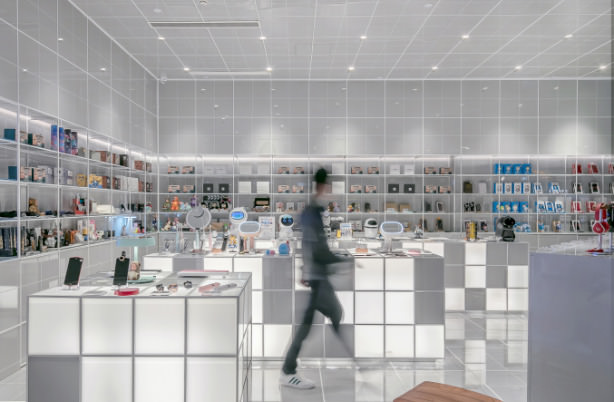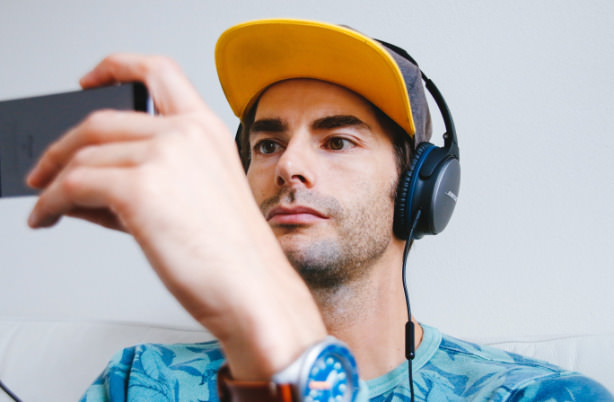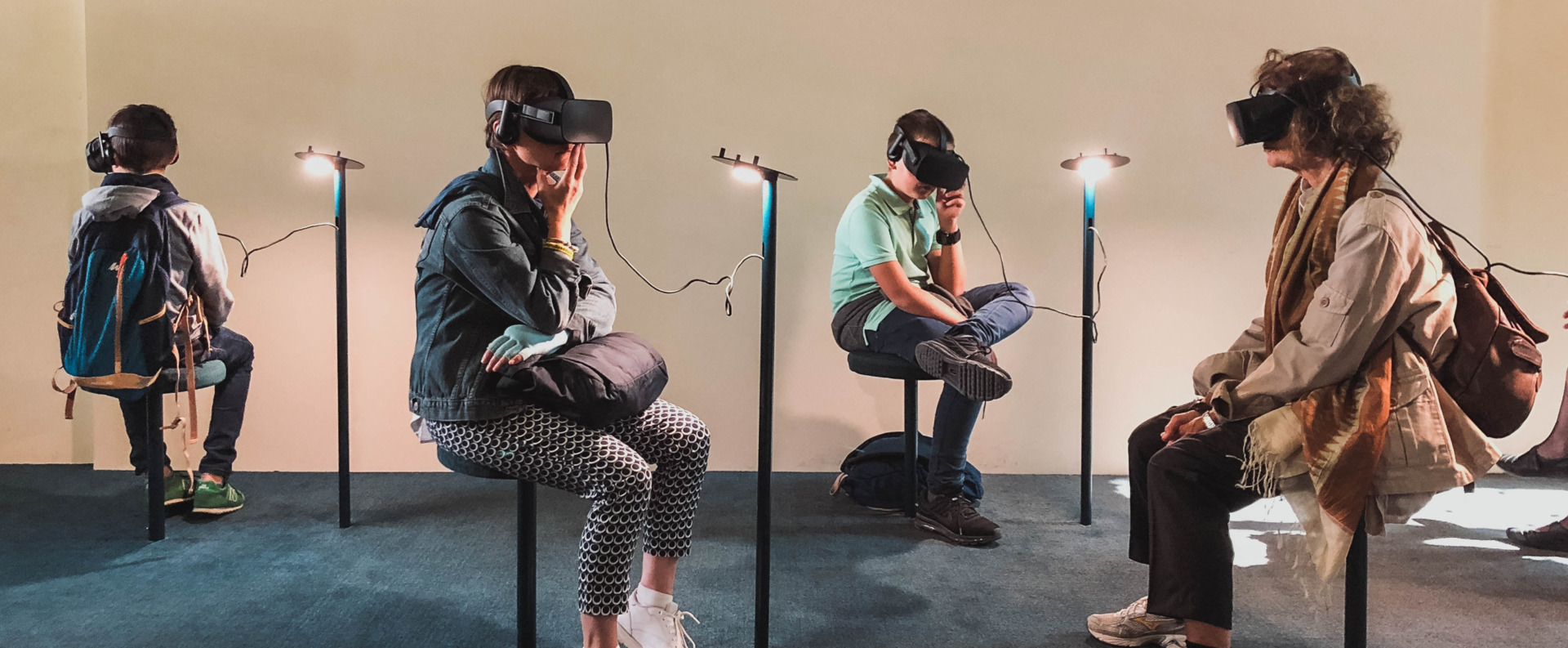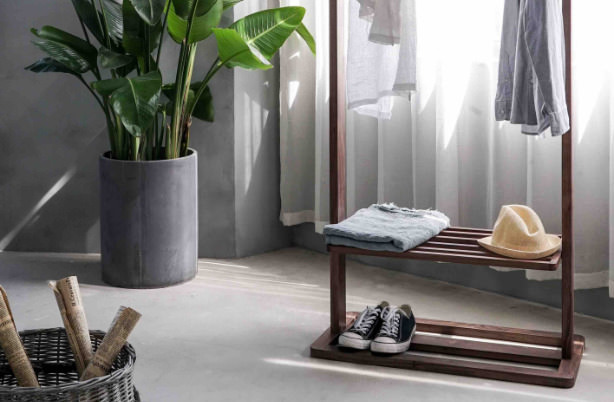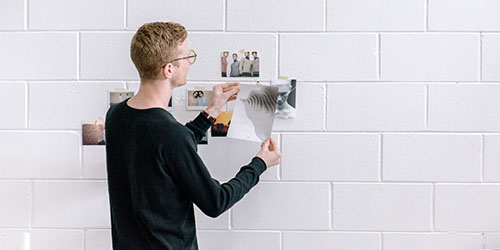How to Maximize the Impact of Your Mobile Video Ethnography
In this guide, gleaned from 20+ years of experience with world-class brands like Nike, Sonos and Google, Tom Bassett shares his tips for making the most of your mobile video surveys, offering best practices for pattern finding, bucketing results, identifying the overarching story, and sharing results in a captivating way.
At Fabric, we’ve often trumpeted the many applications of mobile video surveys. Whether you’re at an agency, testing creative before a pitch, or you’re on an R&D team conducting need-finding research, mobile video surveys provide you with insight you can hang your hat on. With mobile video surveys the consumer, uninhibited by the influence of contrasting opinions in a focus group or by the watchful eye of a moderator, gladly unload their honest, nuanced opinions in digestible slices of recorded video. But, how exactly do you get those golden nuggets of insight? And after you’ve collected all the responses, how do you organize and digest the data in order to inform your team to make the best possible decisions?
In this guide, we define the best practices when creating a mobile video survey; from ideal question length to how long each response should be, you’ll leave knowing the specifics of how to create a winning survey that nets you the highest quality consumer insight. Then, we highlight the best methods of how to organize all the videos and opinions, extracting the overarching story that informs the best course of action for your company.
Craft the Perfect Survey
You have your research objective, the target demographic/ geographic locations you want to research, and the methodology you’re using (mobile video surveys).
Write a Screener
Keep it simple. Especially engaging consumers over mobile device, you’ll want them to be able to complete the screener without a great deal of scrolling or you run the risk of losing them or skewing their responses. All respondents have a 1 minute profile video, so when we/you are reviewing applicants and aren’t sure which respondent to accept or reject, watching the profile video can help raise confidence levels that the applicant being accepted is the best possible choice.
How Many Questions?
Our platform allows up to 10 questions per respondent. Each answer is limited to 60 seconds. So a 15 person study would yield 150 x one minute video clips and accompanying transcripts. The logic to the one minute answer is that in our experience, if someone doesn’t answer the question in the first minute, they will likely not answer it period. Similarly, by way of comparison, in a Fabric study, each respondent provides up to 10 minutes of content; in a focus group containing 8 people for 90 minute, you will be lucky to get 10 minutes of dedicated content from each participant (based on a moderator who is militant about controlling the conversation….and those moderators are few and far between). Lastly, one minute packets of video move seamlessly across the web, and are quick/easy to review and digest.
Transcripts
Either by using a service like Fabric or going through the videos yourself and taking notes, it is important to keep a written record of what consumers are saying in all of their responses. This will be very helpful when organizing and sharing your research. Having the text opens you up to culling the data with keyword searches, word clouds, and the like.
Review Your Results
Identify the Patterns and Themes
Pinpoint what people are identifying with. What are the recurring problems, what are the issues they are having with the brand or the experience? Keep thinking about these themes in terms of how they relate to your brand. Focus in on five to ten patterns or themes; more than that can prove unwieldy when sharing your results across a company.
Recognize the Original Insights
Within every mobile video survey, there’s always an opinion or takeaway that you didn’t expect or anticipate. Maybe a consumer has outlined a novel way to use your product. Maybe they have a unique insight about a commercial you shared with them. Whatever it is, these insights are valuable and are just as capable of lending credence to your ultimate strategy.
Organize Your Results
Organizing your patterns and themes into two buckets keeps everything neat.
Problems
Presenting problems is a relevant way to share your insights back within an organization. There are occasions when the organization itself is an obstacle, especially if there’s a strong belief that the target or product is already 100% percent understood. After your mobile video survey, when you come back and say, “Here are some real issues and problems,” combining that with videos of your target consumer backing you up, organizations tend to become very engaged.
Opportunities
You’ve locked down your problem set. Now, focus on the opportunities your research yielded. Is there an opportunity for brand extension? Can you refine an existing idea? Develop a new idea? Listen carefully to your consumers. Developing an empathy for their perspective will ofen open your eyes to new avenues you may have not explored yet.
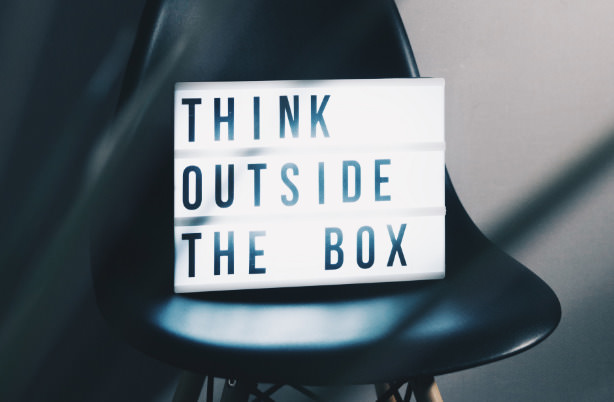
Identify the Story
The third thing you should do, and probably the most important and difficult, is to identify the overarching story of your research. Without the story, your problems and opportunities have no focal point, no frame of reference from which to engender action. Look through everything you’ve collected to this point, and articulate the story in one sentence. Once you’ve nailed down the story, figure out what the chapters are; what are the building blocks that bring that story to life? What insights – what consumer quotes – shape each chapter? Figure out how those chapters lead to the punctuation point of the entire story, and you have arrived at what you’re trying to teach people.
Write a Paper Edit
You could walk into your next meeting with all of this insight and share it verbally, but that would defeat the purpose and beauty of using mobile video surveys. Working off of the transcripts of each respondent, extract quotes and lay them out in a “paper edit.” This refers to the written outline of your story, which serves as a blueprint for creating a final curated video. Make sure the story logic flows before handing it off to your editing team. Be mindful that every quote you’re using tells your research’s story in a compelling and genuine way.
STORY: Millennial’s loyalty is fleeting and transactional; they switch from brand to brand, and they expect more incentives to maintain their loyalty.
Sharing Results
Edit a Video
A two- to three- minute video comprised of the footage of your consumers giving their unfiltered opinions will bring your story to life, and deeply support your proposed strategy. Stakeholders in an organization will relish the opportunity to see their actual consumer in her environment or out on location, explaining how she sees something, how she uses something, what the problems and issues are, what the areas for opportunity are. She might open a package, demonstrate how she uses her laptop, or show what she has in her closet. This footage makes the whole story so much more visceral and real for the people with whom you’re sharing the story. Whether or not you have a team of editors, there are some tricks to creating an engaging video. Avoid long clips within your video. Anything over ten seconds is a long time for a cut. Don’t use thirty-second clips, or you run the risk of your audience falling asleep. Adding production elements like title cards and B-roll (secondary footage that plays over a consumer quote) will only make your story more engaging.


